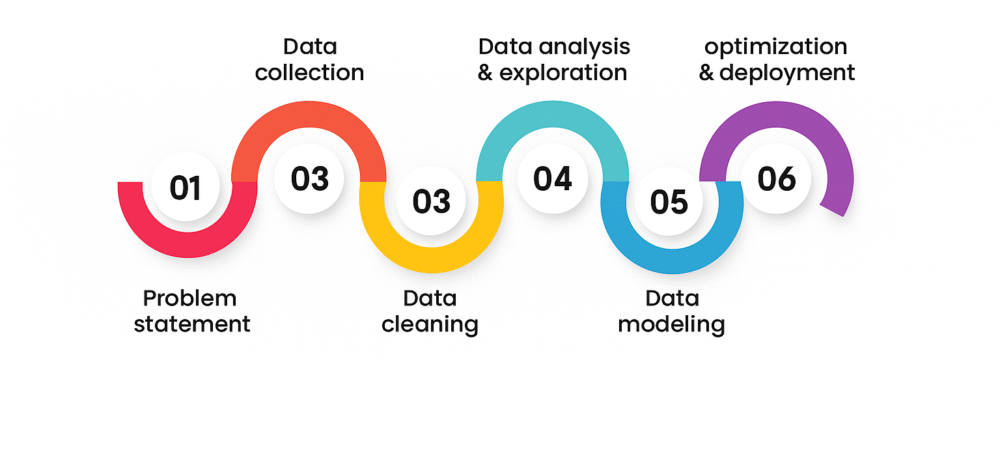Introduction to Deep Learning
- Overview of Deep Learning
- History and Evolution of Neural Networks
- Key Deep Learning Concepts
- Python and Deep Learning Libraries (TensorFlow, Keras, PyTorch)
Fundamentals of Neural Networks
- Perceptrons and Sigmoid Neurons
- Activation Functions
- Feedforward Neural Networks (FNN)
- Backpropagation Algorithm
Advanced Neural Network Architectures
- Convolutional Neural Networks (CNN)
- Recurrent Neural Networks (RNN)
- Long Short-Term Memory (LSTM)
- Gated Recurrent Unit (GRU)
Training Deep Neural Networks
- Loss Functions and Optimization
- Vanishing and Exploding Gradients
- Regularization Techniques
- Weight Initialization
- Batch Normalization
Deep Learning for Computer Vision
- Image Classification
- Object Detection
- Image Segmentation
- Style Transfer
- Transfer Learning with Pretrained Models
Deep Learning for Natural Language Processing (NLP)
- Word Embeddings (Word2Vec, GloVe)
- Recurrent Neural Networks for NLP
- Sequence-to-Sequence Models
- Attention Mechanisms
- Transformer Models (e.g., BERT)
Generative Models
- Generative Adversarial Networks (GANs)
- Variational Autoencoders (VAEs)
- Applications in Image and Text Generation
Reinforcement Learning and Deep Reinforcement Learning
- Introduction to Reinforcement Learning
- Q-Learning
- Deep Q-Networks (DQN)
- Policy Gradient Methods
- Applications in Game Playing and Robotics
Unsupervised Learning with Deep Learning
- Autoencoders
- Self-Organizing Maps (SOM)
- t-Distributed Stochastic Neighbor Embedding (t-SNE)
- Clustering with Deep Learning
Advanced Topics in Deep Learning
- Attention Mechanisms and Transformer Architectures
- Transfer Learning Strategies
- Model Interpretability and Explainability
- Ethics and Bias in Deep Learning


































